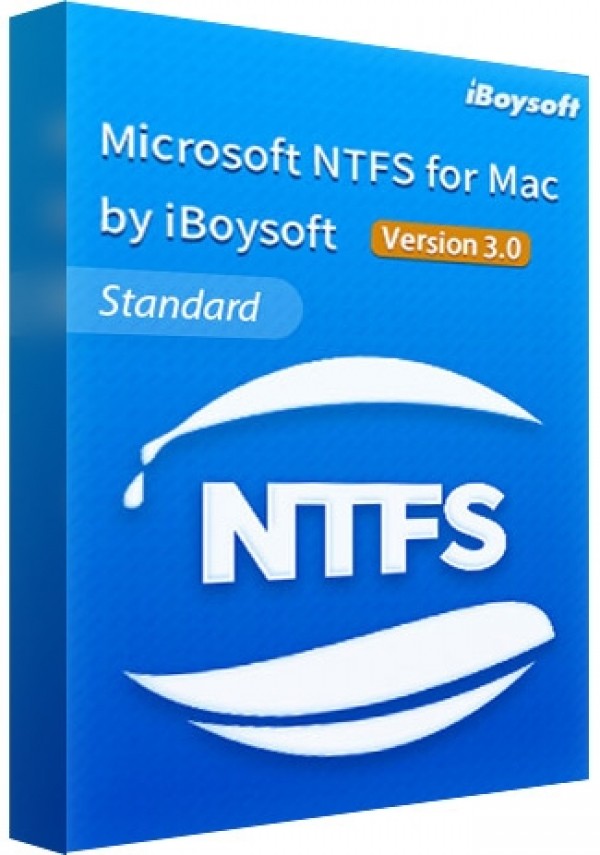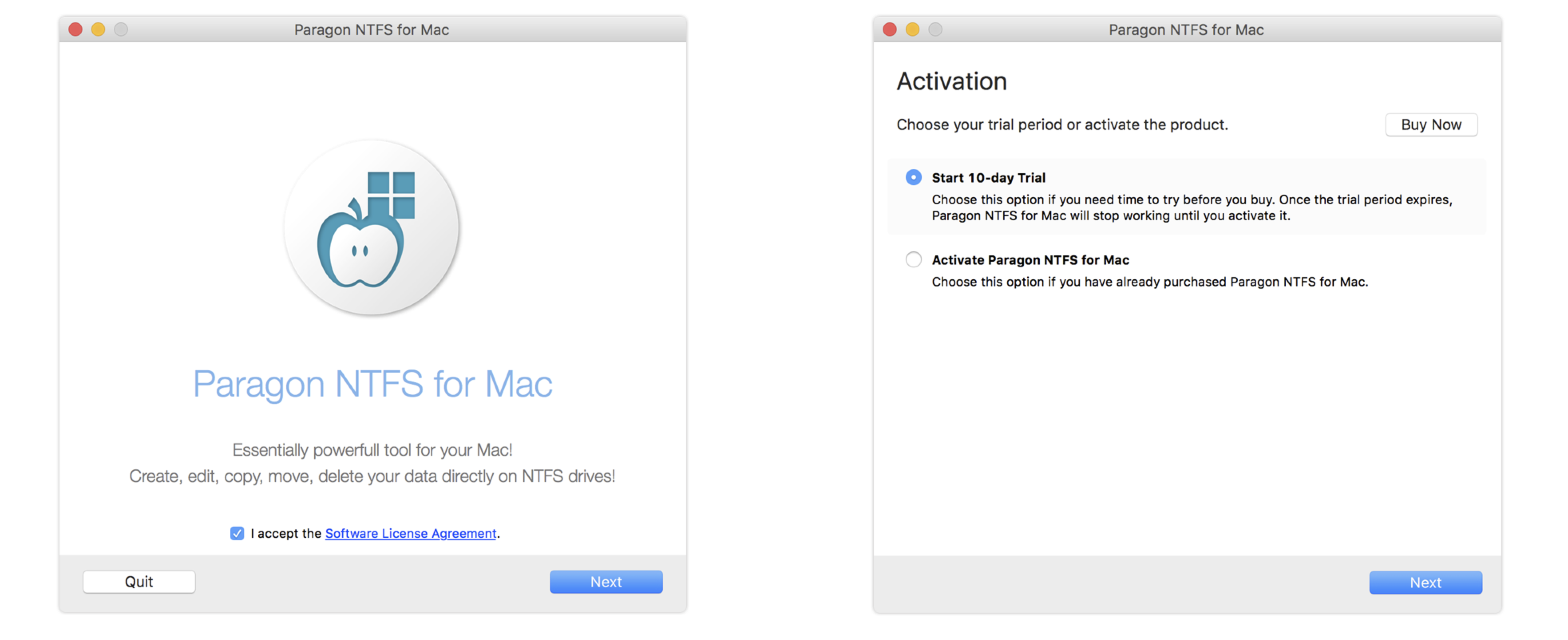

- #HOW TO ADD WRITE ACCESS TO NTFS ON MAC FULL#
- #HOW TO ADD WRITE ACCESS TO NTFS ON MAC PRO#
- #HOW TO ADD WRITE ACCESS TO NTFS ON MAC PLUS#
On an XP machine, I would have gotten an access denied, but rather than do that, it just showed no available folders. When I attempt to connect, the share comes up but there are no contents viewable.

It does not have any NTFS permissions whatsoever. It is literally a member of no groups aside from Domain Users. I'm prompted for credentials and I use a domain account that is a test account.
#HOW TO ADD WRITE ACCESS TO NTFS ON MAC PRO#
My MacBook Pro is not a member of the AD domain, I connect using SMB in the standard way.

#HOW TO ADD WRITE ACCESS TO NTFS ON MAC FULL#
Then, the NTFS permissions are defined as Local Administrators have Full Control (Domain Admins are a member of local Administrators group), then there are individual AD Global groups that have more granular permissions. Each is shared in the way you describe, being Everyone has Full Control share permission. On one of my local F&P servers, I have about 30 shares. Most of the servers are 2003, some are still 2000. There are about 600 servers and 9000 clients. Just to give you a little background - we have a single domain Active Directory. I did, but I didn't have the same results.
#HOW TO ADD WRITE ACCESS TO NTFS ON MAC PLUS#
If you do not do this, the Everyone group receives Read and Execute, List Folders and Read, plus any additional settings that you have checked for the Everyone group. On the Macintosh side you see a belt around the folder for those users who do not have explicit rights. To do this, set the Advanced Security properties to allow Read Attributes and Read Permissions for the Everyone group. If you want to deny the Everyone group from a Macintosh client share, you must set the permissions on Windows 2000 by not explicitly setting deny but matching the no-access setting that Macintosh uses. The built-in Everyone group on a Macintosh client only understands limited permissions. From Windows 2000, permissions that are assigned to everyone do not override permissions that are set on the owner or group. From the Macintosh computer, a right that is assigned to everyone overrides more restrictive rights that are set on the owner or a group. Permissions that are set in Macintosh networks behave differently from those that are set in Windows 2000 Server networks, including Macintosh-style permissions. The Windows 2000 Server administrator account always has Modify permissions on Services for Macintosh volumes. Services for Macintosh automatically translates permissions so that permissions are enforced for both Windows 2000 and Macintosh users. The set of permissions that are available for Windows 2000 users differs from the set of permissions that are available for the Macintosh.


 0 kommentar(er)
0 kommentar(er)
